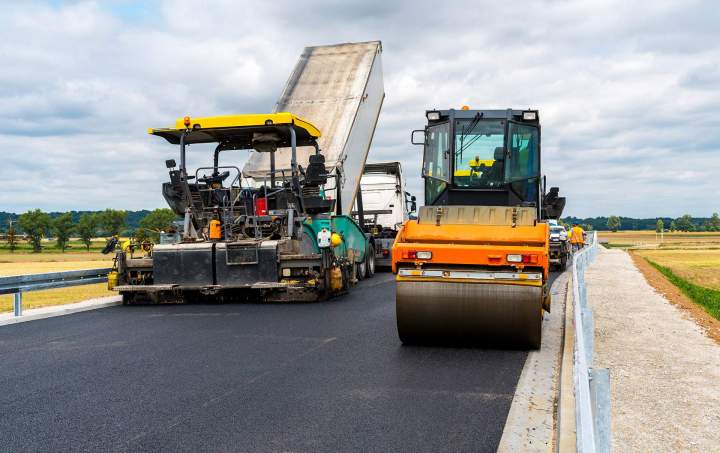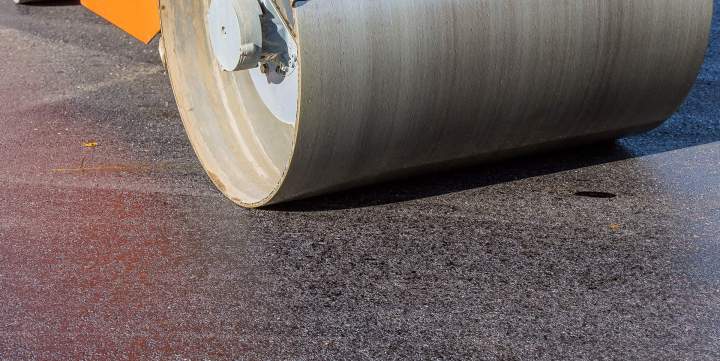Asphalt Repair: When and How to Proceed?
Asphalt Repair Admin / August 9, 2025

Understanding Asphalt Deterioration
Common Causes of Damage
Asphalt deterioration can stem from several factors, including weather conditions, heavy traffic, and improper installation. Freeze-thaw cycles can cause cracks as water seeps into existing fissures and expands when frozen. Additionally, UV exposure can lead to oxidation, causing the surface to become brittle and prone to cracking.
Signs You Need Repair
Identifying when to repair asphalt is crucial. Key indicators include:
-
Cracks: Small surface cracks can grow larger if not addressed promptly.
-
Potholes: These are depressions that can develop when the asphalt surface fails and can pose a hazard to vehicles.
-
Raveling: This occurs when the top layer of asphalt begins to lose its aggregate, indicating a breakdown of the surface.
-
Pooling Water: If water collects on the surface, it may signal a drainage issue or surface degradation.
Types of Asphalt Damage
Surface Cracks
Surface cracks are often the first visible signs of asphalt deterioration. They can range from hairline fractures to larger cracks that compromise the integrity of the surface. Regular inspection can help identify these issues early, making repairs easier and less costly.
Potholes
Potholes are one of the more severe forms of asphalt damage. They occur due to the combination of moisture infiltration and heavy traffic, which erodes the asphalt over time. Potholes can be dangerous, leading to vehicle damage and potential accidents.
Alligator Cracking
This type of cracking appears as a series of interconnected cracks resembling the skin of an alligator. It often indicates a deeper structural problem, usually caused by inadequate support beneath the asphalt surface.
Repair Methods
Crack Sealing
Crack sealing is a preventive measure that involves filling cracks with a sealant to prevent water infiltration. This method is cost-effective and helps prolong the life of the asphalt surface. It is advisable to seal cracks as soon as they appear to avoid further damage.
Pothole Repair
Pothole repair can be performed using several methods, including:
-
Cold Patch: This is a temporary solution for quick fixes. It involves filling the pothole with a cold asphalt mix, which is compacted to level the surface.
-
Hot Mix Asphalt: For a more permanent solution, hot mix asphalt is often used. This method requires heating the asphalt and compacting it into the pothole, providing a durable repair.
Resurfacing
If the surface is extensively damaged, asphalt resurfacing may be necessary. This process involves removing the top layer of asphalt and applying a new layer. Resurfacing can restore the appearance and functionality of the asphalt, extending its lifespan significantly.
Complete Replacement
In cases of severe deterioration, complete asphalt replacement may be the only viable option. This involves removing the existing asphalt and laying down a new surface. Although this is the most expensive option, it is sometimes necessary to ensure safety and functionality.
When to Seek Professional Help
While some minor repairs can be handled by property owners, significant issues often require professional intervention. It is wise to consult with asphalt repair specialists when facing extensive damage, as they can assess the underlying causes and recommend appropriate solutions. Professional services ensure that repairs are performed to industry standards and can save money in the long run by preventing recurring issues.
Maintenance and Prevention
Regular Inspections
Conducting regular inspections of asphalt surfaces can help identify problems early. Owners should look for signs of wear, such as cracks and surface discoloration, and address these issues promptly.
Sealcoating
Applying a sealcoat every few years can protect the asphalt from UV rays and moisture, extending its lifespan. This preventive measure can be particularly beneficial in areas with harsh weather conditions.
Proper Drainage
Ensuring proper drainage around asphalt surfaces can prevent water from pooling and infiltrating the surface. Installing drainage systems can help divert water away, mitigating damage caused by freeze-thaw cycles.
By recognizing signs of deterioration early and employing the correct repair methods, property owners can maintain their asphalt in optimal condition.

